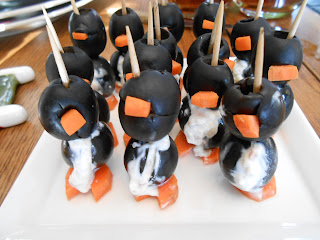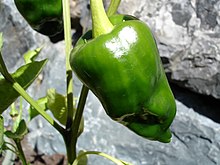 |
| Holiday Cranberry Sauce |
Christmas
is approaching quickly. I made this cranberry sauce to go with the
Roasted Crown Loin of Pork that we will be serving over the holidays. It will keep well in the refrigerator in a container until it is ready to serve for one of our holiday meals. It is festive, healthy, and delicious.
We served this at Thanksgiving with our traditional turkey. It makes a great accompaniment to most entrees.
Ingredients:
- 3/4 cup sugar
- 3/4 cup sweet red wine
- 1 tsp. orange zest
- 1 cinnamon stick
- 1- 12 oz. bag of fresh cranberries, rinsed
(recipe found on line at finecooking.com)
Printable Version of Recipe: Sweet Red Holiday Cranberry Sauce PDF
 |
| Gather the ingredients. |
 |
| In a medium sauce pan pour in white sugar. |
 |
| Add 3/4 cup sweet red wine. |
 |
| Zest orange and measure 1 teaspoon. |
 |
| Add 1 whole cinnamon stick. |
 |
| Bring to a slight boil. Reduce the heat to medium and simmer just until the sugar dissolves. |
 |
| Add the rinsed and drained, fresh cranberries and simmer for 15-20 minutes. You will hear popping noises from the cranberries, don't worry, they are singing to you. |
 |
| When the sauce has thickened slightly, remove from the heat. Cool to room temperature. Serve immediately or place in the refrigerator and chill. |
 |
| Enjoy! Why eat cranberries? |
Cranberries - a traditional holiday side dish in North America - are more than just a tart and tasty meal accompaniment. A rich source of vitamin C and dietary fiber, cranberries are packed with healthy antioxidants and are used traditionally to help prevent urinary tract infections. Recent studies have also linked consumption of cranberries and cranberry juice with healthy cholesterol levels, improved gastrointestinal health, and the prevention of kidney stones - all good reasons to increase your intake no matter what the season.
Fresh cranberries provide the most antioxidants and are in season from October through December. When purchasing fresh cranberries, look for those that are a deep red color and firm to the touch. They can be used in a variety of ways, including in breads and muffins or as a cold or warm relish.
(from drweilblog.com)
Our Christmas Dinner 2012
My grandsons visiting Christmas 2012.
Merry Christmas & Happy New Year!














































